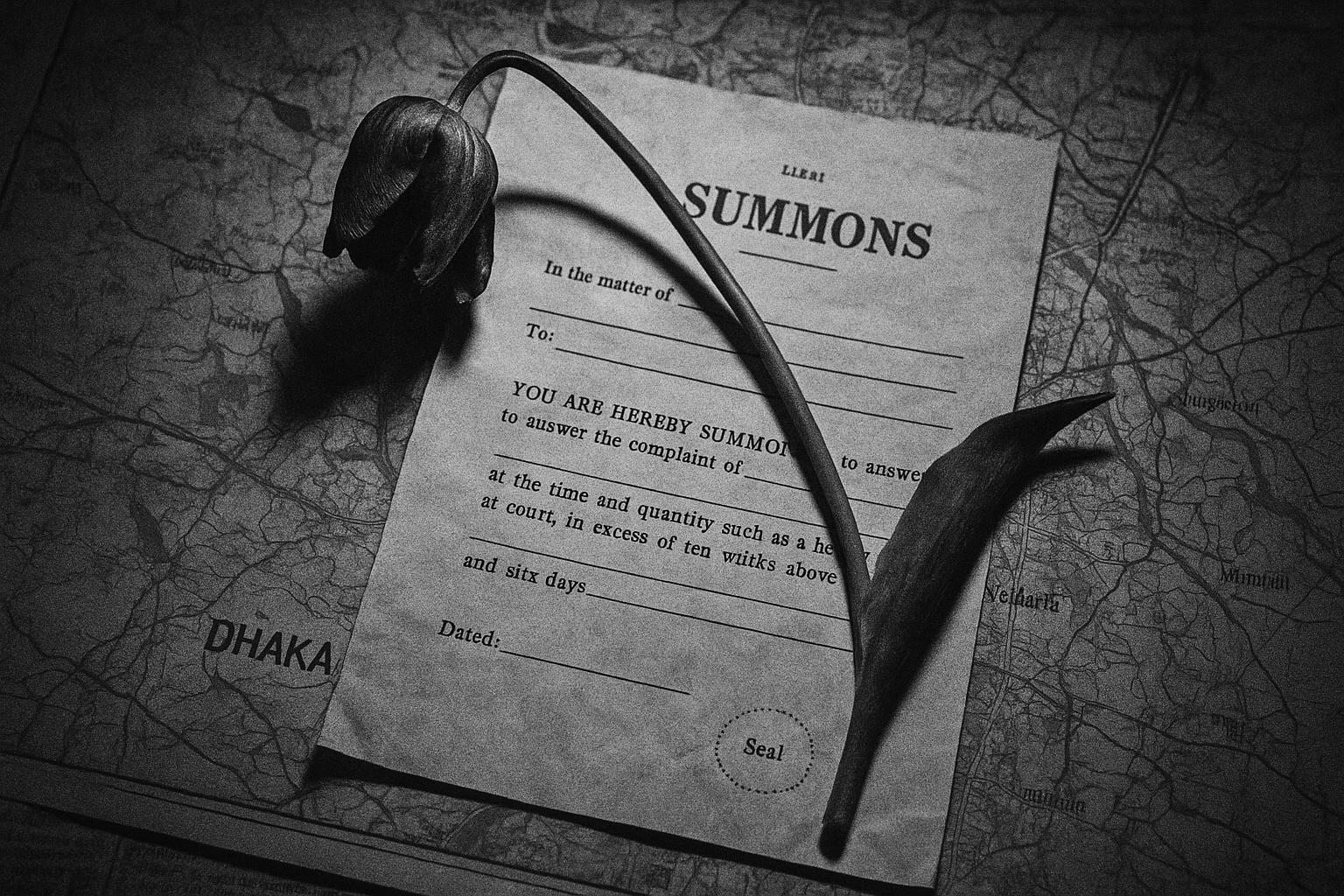Tulip Siddiq, the Labour MP for Hampstead and Highgate and a former minister, says she feels as if she is “in a Kafkaesque nightmare” as she confronts a corruption case that Bangladeshi authorities have opened against her. According to the original reporting, she has been accused by Dhaka’s Anti‑Corruption Commission of benefiting from land allocations linked to the premiership of her aunt, Sheikh Hasina, and faces an imminent trial in Bangladesh that she says she first learned about through media coverage rather than formal court papers. (Speaking to The Guardian, she used the “Kafkaesque” phrase to describe her bewilderment at not receiving clear allegations.)
The prosecution’s central claim is that Ms Siddiq received a plot in the Purbachal diplomatic zone of Dhaka that was allocated, prosecutors say, through influence wielded by family members. Different reports give slightly different dimensions for the disputed plot — with one outlet citing roughly 7,200 sq ft and others reporting a figure of about 670 sq metres — but all describe the same allegation that land allocations were made improperly during Sheikh Hasina’s administration. The Anti‑Corruption Commission has placed these accusations in the context of a far wider probe into alleged misuse of infrastructure spending under the former government.
Bangladeshi courts have now named Ms Siddiq among dozens of people indicted in the inquiry. Prosecutors in Dhaka have suggested that if convictions were secured, authorities could seek international measures such as an Interpol notice, a prospect that her team says would create awkward diplomatic and practical questions for the UK government. Local reporting quotes a prosecutor as saying the case could lead to an Interpol red notice request; international-enforcement specialists note, however, that practical hurdles — including the absence of a UK‑Bangladesh extradition treaty — complicate any straightforward surrender.
Ms Siddiq has vigorously rejected the allegations. Reuters and other outlets reported that she characterised any arrest warrant as a “politically motivated smear”; she has told journalists she was not contacted formally by Bangladeshi authorities and that the proceedings have amounted to “trial by media.” Her public stance is that she is the target of a political campaign rather than a suspect in a straightforward criminal inquiry.
She stepped down from her role as economic secretary to the Treasury in January, having referred herself to the prime minister’s standards adviser. That adviser found no evidence of ministerial impropriety but warned that her family’s connections to the ousted regime posed reputational risks for the UK government — a finding that the MP acknowledged when she left the ministerial post to avoid distracting her colleagues.
Her legal team has also pushed back. Her lawyer, Paul Thwaite, said earlier this week that Ms Siddiq had not received any official communication from the Bangladeshi court and that she had never owned the Purbachal plot cited in the case. At the same time, local reporting indicates that a trial date was set for 11 August; Ms Siddiq has said she is taking legal advice and has not yet confirmed whether she will travel to Bangladesh to appear in person.
The accusations against Ms Siddiq are being narrated in Dhaka against a broader backdrop of domestic political antagonisms. In interviews with Bangladeshi media she has described herself as “collateral damage” in a feud between prominent figures in her aunt’s political circle and rivals such as Muhammad Yunus, and analysts point to the way political rivalry in Bangladesh can shape high-profile corruption investigations. For now, the case sits at the uneasy intersection of legal process and geopolitics: an allegation that has both criminal and diplomatic reverberations, even as questions persist over how and when formal charges were communicated and whether the UK would face any practical obligation to respond.
📌 Reference Map:
##Reference Map:
- Paragraph 1 – [1], [6]
- Paragraph 2 – [1], [2], [6]
- Paragraph 3 – [1], [4], [3], [5]
- Paragraph 4 – [2], [4], [3]
- Paragraph 5 – [2], [3]
- Paragraph 6 – [1], [6], [5]
- Paragraph 7 – [6], [1], [5]
Source: Noah Wire Services
